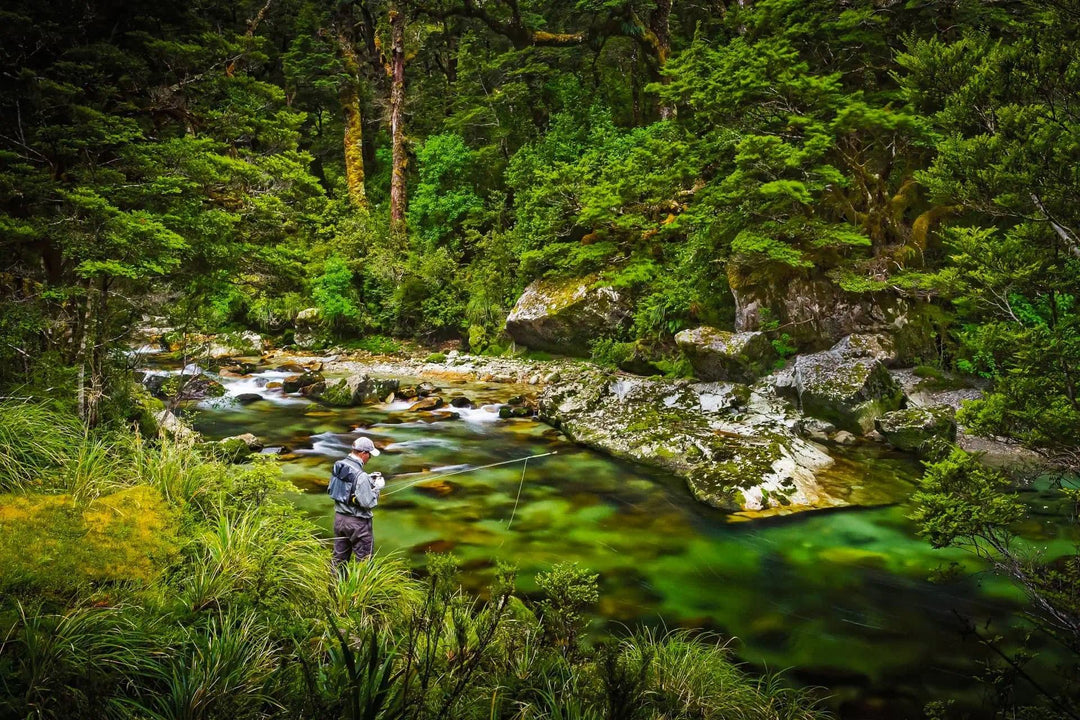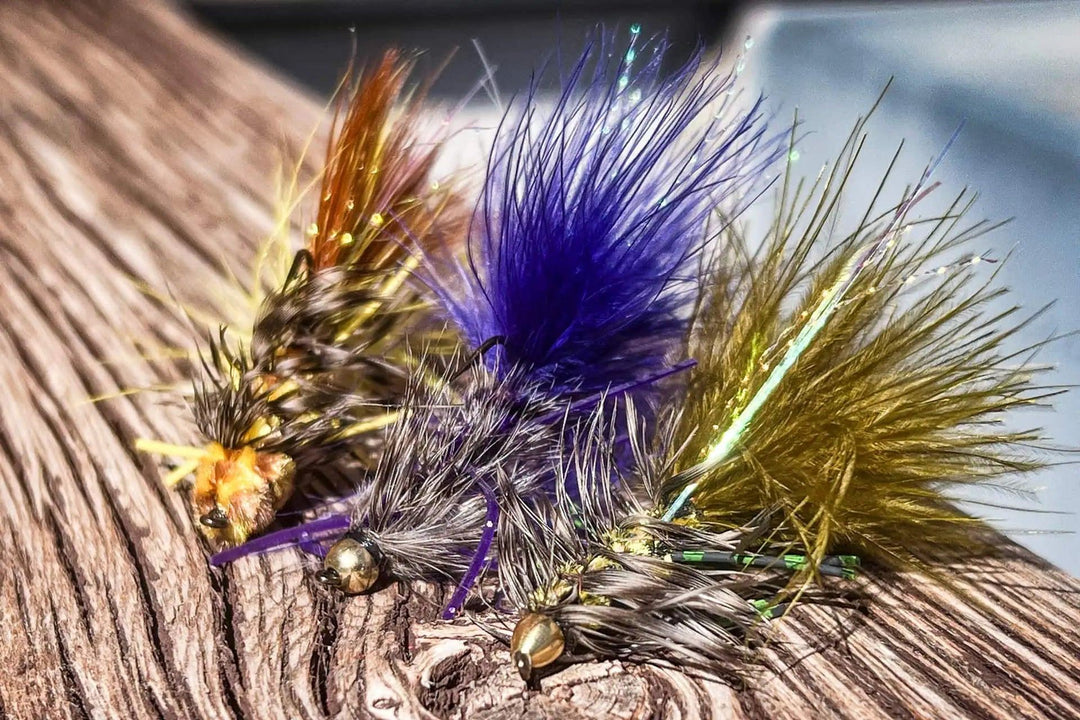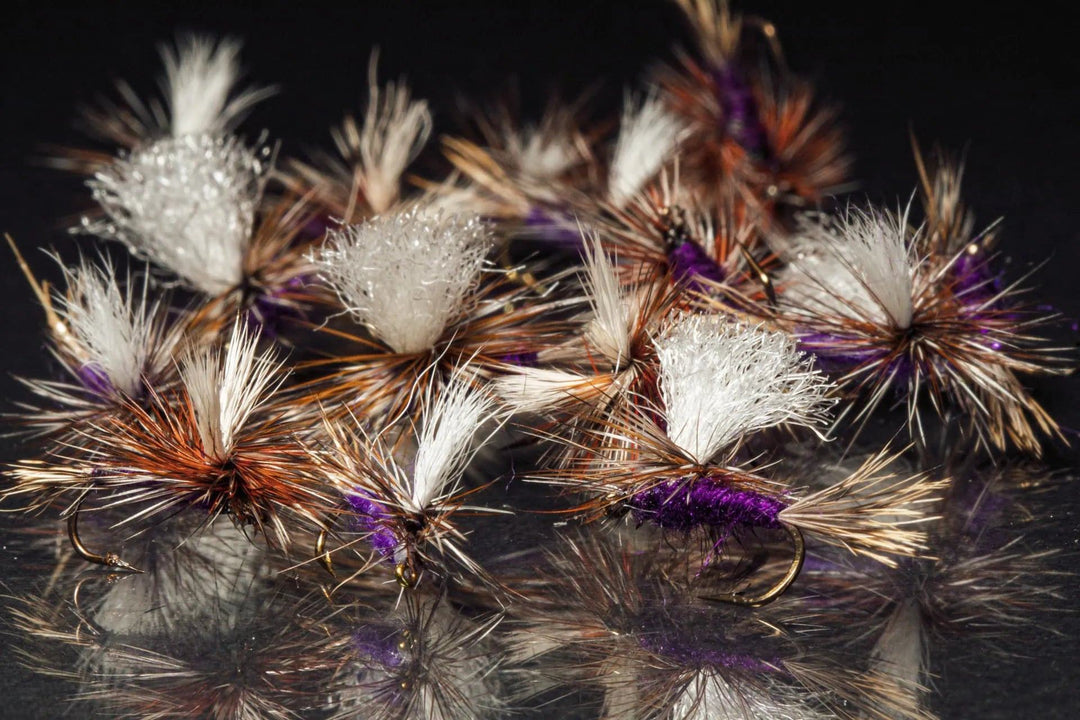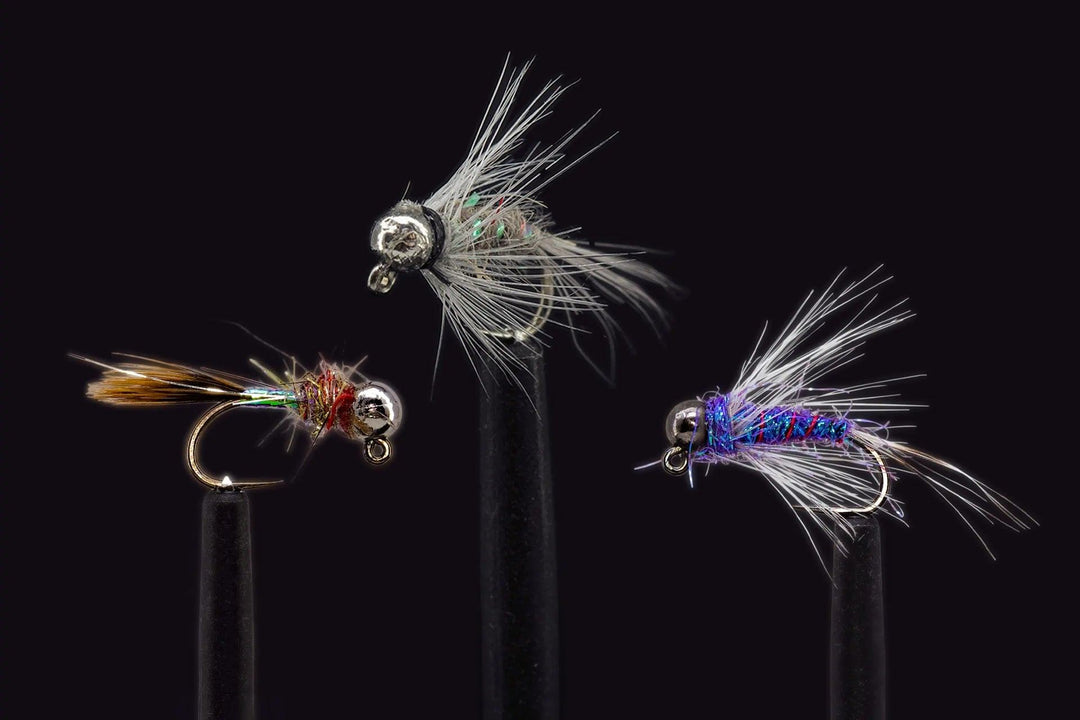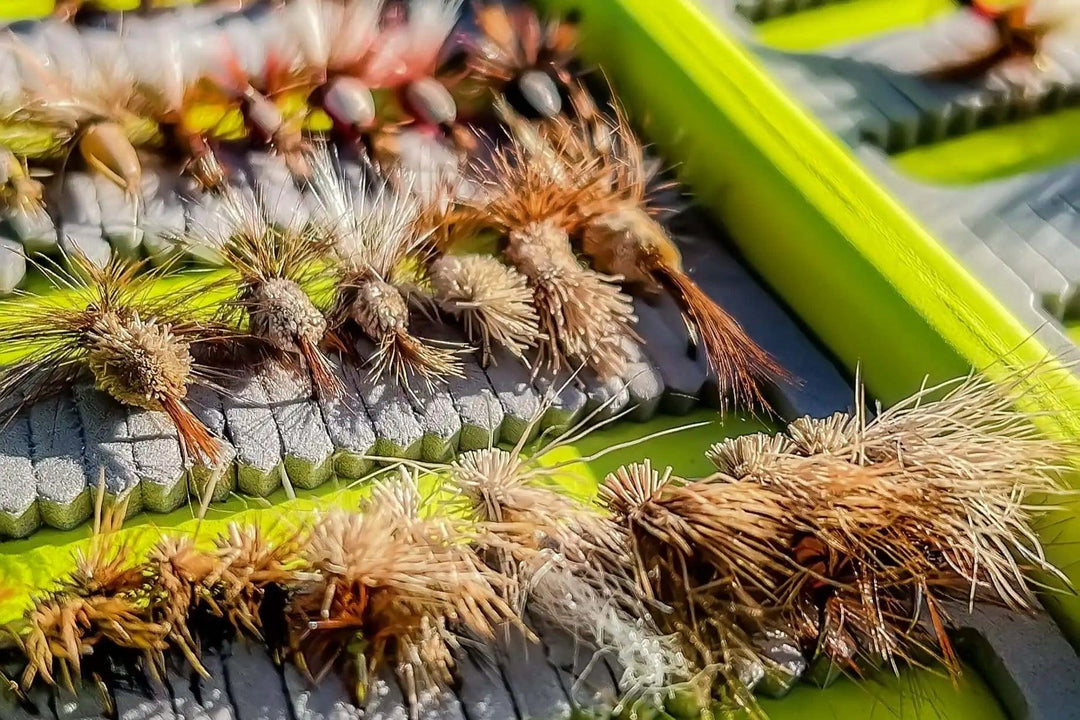The Art of Nymph Fly Fishing

WHAT IS NYMPHING?
Nymphing is a term that refers to a wet fly that imitates subaquatic insects. Nymph flies are made to resemble young insects in their larvae or juvenile stages. Many insects spend more time in their nymph stage than in their adult stage, and they make up a large part of a trout's normal diet. Nymphs (mayflies and stoneflies), pupa (caddisflies and midges), and mergers are the most common insects eaten.
Unlike dry flies, nymph flies are fished entirely under the surface of the water and are often weighted to aid in this endeavor. Since most trout spend the majority of their time feeding under the water's surface rather than at the surface, this can be highly profitable. Nymphs can be observed in most rivers and lakes at any time of year or any hour of the day. And where there are nymphs, there will undoubtedly be hungry trout munching on them!
Arguably more important than the actual fly is how a fly is presented. This is especially true for nymphs, which can be fished in several ways. Here are four common techniques for fishing nymphs.
INDICATOR NYMPHING:
The most common nymphing technique is using an indicator, which is a thin, lightweight version of a bobber. Though there are several different types of indicator fishing, the most common is a dead drift. This means that the fly, suspended from the indicator above, flies at the same speed as the current. It's time to set the hook when the indicator goes down!
TIGHTLINING:
Generally considered a more advanced technique than indicator fishing, tightlining is a very effective strategy for getting good drifts with a nymph at close range. It involves holding the rod tip high to keep the fly line off the water, creating a drag-free drift. Since there’s no indicator, it’s up to you to feel a strike.
SWINGING:
Swinging is a classic technique and is often used with soft hackle flies. This method involves casting out into a current and letting the line pull tight, causing the fly to “swing” down and across below you. Swinging is one of the most efficient ways to cover a run since the wide arc of the fly leaves no area untouched as you move downstream.
STRIPPING:
Nymphs can be stripped in rivers, but they are most often stripped through stillwater. Since most aquatic insects can’t fight the flow of a river enough to move deliberately across a channel, it can look unnatural to strip nymphs in moving water. A quickly-stripped nymph in a pond or lake, though, can trigger aggressive strikes from cruising fish.
TIPS FOR FISHING NYMPHS SUCCESSFULLY:
Nymphing is a skill that requires a lot of practice to master. Since there are so many different types of nymphing, there are many approaches and techniques to learn. Here are a few basic tips that can go a long way.
1. SET THE HOOK QUICKLY – Whether you’re feeling for a strike or using an indicator, you should set the hook as soon as possible, since both of those triggers mean the fish has already made solid contact with the fly. Set the hook too slowly, and the fish could be gone.
2. MAKE SURE YOU’RE GETTING DEEP ENOUGH – If there's one factor that determines if a drift is good or bad, it's the depth. Trout normally feed near the bottom of the water and drawing them out of their feeding lane is easier said than done but with weight, getting into the lane is possible. A single split shot will fully alter a drift's outcome.
3. TREAT EVERY BUMP AS A STRIKE – If you're fishing with nymphs deep enough, you can sometimes hit the bottom. Don't ignore the smaller bumps from your indicator. This can lead to a ton of missed fish, as some takes are very subtle. To maximize your number of hook-ups, set the hook any time your indicator bumps. Better to set the hook for a rock than not set the hook on a fish!
4. MINIMIZE LINE ON THE WATER – Excess fly line does one thing exceptionally well: drag. Unless you're swinging or using a strategy that benefits from drag, you'll want to keep the amount of fly line on the water to a minimum. Long casts are often necessary, and keeping line off the surface can be difficult. In certain situations, however, simply removing the excess line and raising your rod tip will remove all drag, resulting in a perfect dead drift.
Top Nymphs for Catching Trout:
- Pheasant Tail Nymph sizes 16 - 22
- Disco Midge sizes 18 - 24
- Lazer Midge sizes 18 - 24
- WD-40 sizes 14 - 16
- Beadhead Prince Nymph
- Beadhead Flashback Hare's Ear
- Copper John
- RS2 sizes 16 - 20
- Zebra Midge sizes 18 - 24
- San Juan Worm sizes 14 or 16


